A shopper visits your site. They scroll, they browse, they add a few items to their cart. You’re almost there, revenue, conversion, success. But just as quickly, they vanish. No purchase. No explanation. Just another abandoned cart lost in the digital void.
Does that sound familiar?
You’re not by yourself. The silent killer of eCommerce revenue is cart abandonment.
Nearly 70% of online shopping carts are abandoned, according to studies. That’s more than two-thirds of potential sales that you miss every single day.
What if you could foresee who is going to leave their cart before it happens? Imagine being able to stop it completely rather than just react to it.
Welcome to the world of predictive analytics to reduce cart abandonment. We’re delving deeply into how eCommerce companies, like yours, are converting cart abandoners into devoted customers with predictive customer behavior analytics in this guide.
So, grab a coffee, settle in, and let’s use predictive analytics in eCommerce to uncover the science and strategy behind eCommerce cart recovery.
What is Predictive Analytics and why should you care about it?
Let’s dissect it.
The application of statistical algorithms, machine learning, and historical data to forecast future behavior is known as predictive analytics. To put it simply, it helps you anticipate what will happen before it happens. And that’s gold in eCommerce.
Predictive analytics allows you to foresee:
- Who is most likely to leave their cart behind
- When they are most likely to do it
- What causes that behavior
- How to act quickly to change the course of events
It’s similar to having a sixth sense about how customers behave.
Don’t be blind anymore. No more speculating.
Why Does Cart Abandonment Happen?
Let’s first discuss the reasons why cart abandonment is such a major problem for eCommerce businesses before moving on to potential solutions. When a customer adds products to an online shopping cart but departs from the website before making the purchase, this is known as cart abandonment.
When you zoom out, the numbers show a sobering picture, even though one abandoned cart might not seem like much. Every abandoned cart represents more than just a lost sale; it also represents lost income, squandered advertising, and a potential customer that you nearly won over. It also disrupts inventory and product demand forecasting, making it harder for businesses to align stock with actual buyer intent.
What causes last-minute shopping abandonment?
Frequently, it’s not because they’re not interested in the product. It’s because they were hesitant about something during the checkout process. Additional expenses like shipping or taxes, time-consuming or complex checkout procedures, and other friction points are the main causes of cart abandonment.
According to Baymard’s survey, 26% of customers left because they had to create an account, 25% were put off by payment security concerns, and 48% of shoppers claimed that unforeseen additional costs caused them to abandon a cart. Other common reasons included slow delivery, confusing checkout, and lack of payment options. In short, anything that introduces doubt or hassle can send a customer running.
Now, why should cart abandonment be a major concern for online retailers?
The short answer is that a significant amount of money is being lost. According to a Baymard Institute estimate, merely enhancing checkout procedures could restore $260 billion in lost orders in the US and the EU. Additionally, another analysis shows that when you include the cost of products that are left unpurchased, merchants lose an average of $58 per abandoned cart.
The financial impact is astounding when you multiply that by thousands of carts. It makes sense that one of the quickest ways to increase your bottom line is to decrease cart abandonment; rather than spending more money on bringing in new clients, why not concentrate on converting those who are already this close to making a purchase?
In actuality, increasing cart conversion frequently yields greater revenue growth more quickly than increasing traffic. These clients have already expressed a desire to purchase, so it’s like low-hanging fruit. You can convert an “almost sale” into a completed sale if you can take down the obstacles or give them a gentle prod.
That’s where a smart recovery strategy comes in.
How Can Predictive Analytics Help Recover Abandoned Carts?
In essence, predictive analytics makes it possible to move from a reactive approach, “customer left, send an email now,” to a proactive, preventative one, “customer is exhibiting signs of leaving, take action now!”
Predictive analytics can help your cart recovery efforts in the following ways:

Real-time intervention before abandonment
You have an opportunity to interact with a high-risk customer before they leave if you can spot them while they are still shopping. For instance, your website might display the helpful chatbot message, “Hey there, need any help with checkout?” if a user hasn’t used the checkout page for a few minutes, or a subliminal cue such as “Questions? We’re here to help,” with live support available.
Predictive churn modeling in eCommerce helps you identify at-risk customers, reduce drop-offs, and improve lifetime value with real insights.
This type of prompt intervention can address issues that could have resulted in abandonment if they had gone unanswered. Predictive models make it possible to automate these triggers based on detected behavior patterns.
Personalized incentives and offers
Not every customer who abandons needs a discount to be coaxed back, but some might. You can use predictive analytics to make informed decisions about the type and recipients of incentives. The user may only require a gentle prod if the model identifies a user who has returned to the website several times to view an expensive item but hasn’t made the purchase. AI can identify those signs of hesitation or indecision by examining patterns, which enables you to “sweeten the deal” at the ideal time.
Optimized timing for follow-ups
Predictive analytics can guide your subsequent follow-up when on-site interventions prove insufficient and a cart is abandoned. Perhaps your data indicates that a certain customer segment responds best to a reminder within an hour, while another segment converts more effectively when given a 24-hour cooling period. You can customize the timing of your cart recovery emails or SMS to fit the needs of various customer profiles rather than using a general schedule.
How to build a successful eCommerce app for your business. An eCommerce app development guide with steps, features, trends, cost & more
Customized messaging and content
The content of your follow-ups can be optimized, just like the timing. Hyper-personalization is made possible by predictive analytics. Your email might highlight a payment plan or offer a marginally more compelling incentive if you are aware that a customer is leaving a high-value cart because they are price sensitive. If someone else left after reading the warranty details, you could reassure them by emphasizing your great warranty and return policy in your follow-up message. You can divide up your audience and customize messages according to their preferences and behavior with AI-driven insights.
Multi-channel orchestration
The channel that a specific customer is most likely to respond to can also be determined by a predictive model. Some customers will reply to a text or push notification even though they never check their email. On social media, others might be easier to contact. The channel for the recovery attempt can be prioritized using the insights from predictive analytics. Essentially, predictive cart recovery leverages the right message on the right channel at the right time, the trifecta of successful re-engagement.
This isn’t just data science for data’s sake. This is data science doing real work.
How predictive analytics help recover abandoned carts comes down to one thing, timing. You’re not only targeting the right person; you’re doing it at the right moment.
Key Use Cases of Predictive Analytics to Reduce Cart Abandonment
Let’s focus on the specific areas and methods where predictive analytics can be most useful in lowering cart abandonment.
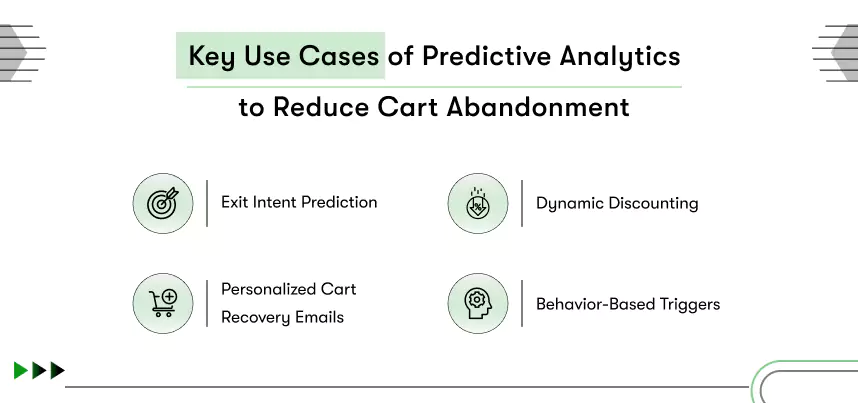
Exit Intent Prediction
Predictive analytics can identify when your customer is hovering close to the close button or changing tabs. It can identify hesitation and initiate a timely pop-up or chatbot interaction based on past sessions.
Tip: Take advantage of this time to provide a temporary discount or use AI chat to respond to last-minute inquiries.
Personalized Cart Recovery Emails
Not all emails pertaining to cart abandonment are made equal. By analyzing a customer’s propensity to return, predictive models assist in tailoring subject lines, timing, and even discounts.
Tip: A high-LTV user may only require a reminder rather than a discount. Don’t give away margin when it’s not required.
Dynamic Discounting
Some consumers require encouragement. Others? In any case, they will finish the purchase. Users are segmented by predictive analytics, which only employs intelligent incentives when required.
Tip: Only give promotions to “high-risk” abandoners to avoid discount cannibalization.
Behavior-Based Triggers
Is there a particular category that a customer visits often but never completes? By bridging these gaps, predictive analytics provides customized messages that directly address that behavior.
Advice: Where there is hesitancy, try surfacing reviews, testimonials, or frequently asked questions; content that fosters trust.
What are Some Key Strategies for eCommerce Cart Recovery Using Predictive Analytics?
What can we do with predictive analytics now that we know what it can do? Here are a few predictive analytics-driven cart recovery techniques. Consider these to be part of your eCommerce toolkit. You may use some or all of them, depending on your company and clientele. They all use data and predictive insights to make your cart recovery efforts more efficient and intelligent, which is their commonality.
Real-Time Personalized Recommendations
Customers occasionally leave carts empty because they’re unsure if the item is right for them or because they’re interested but need more motivation. You can present tailored product recommendations at key times by analyzing browsing behavior with predictive analytics. If a customer has a laptop in their cart, for instance, displaying a suggestion such as “Customers who bought this also bought a laptop sleeve” may make them feel more inclined to check out. Or, if they appear hesitant, suggesting a well-regarded substitute product might keep them interested rather than drive them away. Conversions for the cosmetics company Yves Rocher were significantly increased by this tactic.
Predictive Cart Abandonment Emails & SMS
Predictive analytics can help you go beyond email, which has long been a mainstay for recovering abandoned carts. You can make dynamic, segmented email campaigns rather than sending out a standard series of emails to everyone. Your predictive model might, for example, divide abandoners into three groups: those who might react better to urgency, those who simply require a reminder without a discount, and those who might react better to a small incentive. After that, you can create distinct email content for every situation. Price-conscious customers may receive an email that reads, “Complete your purchase now and enjoy 10% off, just for you,” while customers who may struggle with trust may receive an email emphasizing, “Free returns and 24/7 support if you have any questions.” Predictive analytics also informs when to send these emails or SMS.
AI-Powered Chatbots and Virtual Assistants
Customers occasionally leave their carts empty because they have unanswered questions or run into problems and no one is available to assist them. Here, AI-powered chatbots with predictive insights have the potential to revolutionize the industry. Contemporary chatbots are able to examine a user’s online activity and take proactive action if something seems strange. For example, if a user has a high-value item in the cart and starts clicking on the “FAQ” or “Return Policy” pages, the chatbot can pop up and say, “Hi! Let me know if you have any questions about returns or shipping. I’m here to help.” Real-time problem solving lowers the likelihood that a customer will walk away to “think about it.”
Intelligent Retargeting Ads
Ads that follow us around after we leave items in our carts are something we’ve all seen before. However, retargeting ads can become much more effective and less bothersome with the help of predictive analytics. Instead of sending the same ads to every abandoner, you can use predictive segments to give more aggressive retargeting to high-value or high-intent abandoners while reducing or changing the messaging for others. AI is also capable of dynamically personalizing the ad content.
Dynamic Discounts and Pricing Strategies
Although we mentioned targeted incentives briefly, it’s important to emphasize this tactic as a stand-alone tactic. When it comes to discounts, not every customer should receive the same treatment; otherwise, you risk unnecessarily losing out on sales to people who might otherwise purchase without them. With the help of predictive analytics, dynamic discounting is possible, providing a customized incentive only when it is anticipated to be necessary to close that deal. Instead of giving everyone a discount, the trick is to use predictive insights to make sure these strategies are applied where they will truly tip the scales. In this manner, you recover the sale and maintain your profit margins to the greatest extent feasible.

Advanced Customer Segmentation & Lifetime Value Focus
Creating detailed customer segments or personas based on behavior and estimated lifetime value is a potent use of predictive analytics. You can create recovery plans that suit the motivations of each abandoner segment by grouping them into different categories. You can even predict which segment a new customer is likely to fall into early in their journey and funnel them appropriately with predictive customer behavior analytics. The conclusion is that segmentation based on predictive data can greatly increase the success of cart recovery. It ensures your eCommerce cart recovery strategy is not monolithic but adapted to different customer behaviors and values.
Every one of these tactics demonstrates how predictive analytics can be integrated into different customer journey touchpoints. They change the generic experience into a responsive, customized one. When done correctly, clients feel understood rather than harassed. As a result, more abandoned carts are recovered, and some carts are even kept from ever being abandoned.
Step-by-Step Guide to Using Predictive Analytics to Reduce Cart Abandonment
“This all sounds fantastic, but how do I actually do this for my business?” is probably what you’re thinking by now. Although using predictive analytics to reduce cart abandonment might seem like a difficult task, it is possible to break it down into smaller, more manageable steps.
This is a guide to help you get started:
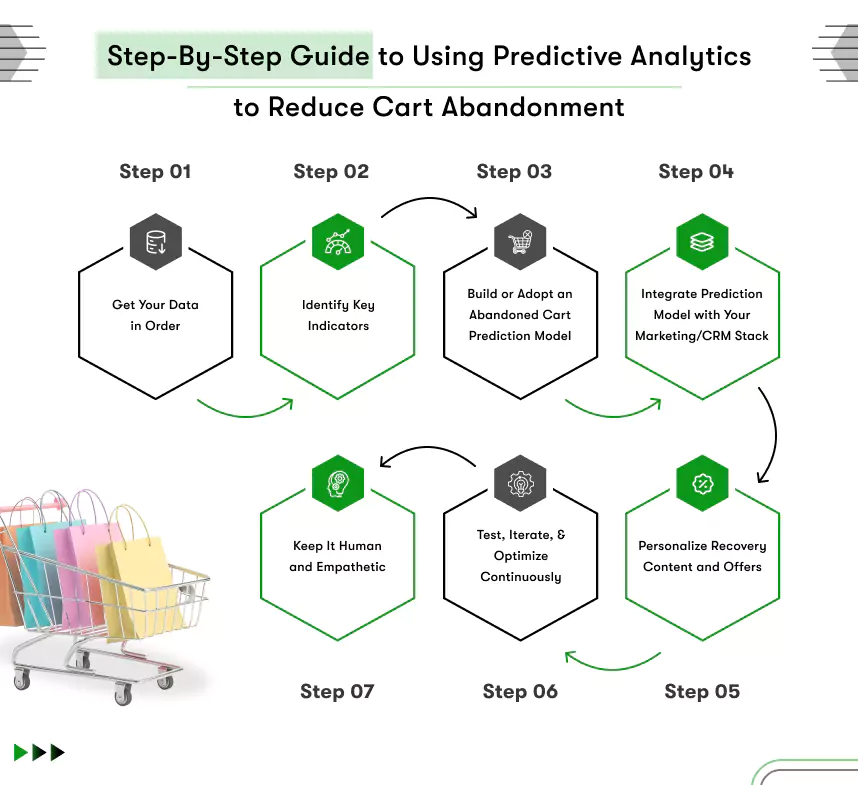
First Step – Get Your Data in Order
- Track key user events like page views, clicks, add-to-cart, checkout steps, inactivity, etc.
- Ensure complete funnel tracking via tools like Google Analytics, eCommerce platform analytics, or custom tracking.
- Collect and consolidate historical data of both completed and abandoned sessions.
- Consider using a Customer Data Platform (CDP) for unifying data from multiple sources like web, CRM, email, etc.
Secound Step – Identify Key Indicators
- Analyze data to find patterns linked to cart abandonment.
- Evaluate metrics like cart value, time on site, device type, checkout step drop-offs, etc.
- Detect specific friction points, e.g., mobile users, missing payment options, long delivery time.
- Use these insights to define what your prediction model should look for.
Third Step – Build or Adopt an Abandoned Cart Prediction Model
- Start with simple rule-based models or logistic regression.
- Optionally use third-party plugins or build a custom machine learning model.
- Train the model on historical session data to score live carts based on abandonment risk.
- Initially use batch processing; move to real-time scoring as capability grows.
Fourth Step – Integrate Prediction Model with Your Marketing/CRM Stack
- Connect the model with your email, SMS, on-site messaging, chatbot, and ad platforms.
- Use model outputs to create dynamic audience segments, e.g., “high-risk abandoners.”
- Trigger automated campaigns or personalized interventions based on abandonment risk.
Fifth Step – Personalize Recovery Content and Offers
- Create cart recovery email templates with dynamic product content.
- Set up decision-based chatbot flows for common objections.
- Offer targeted incentives, e.g., discounts, free shipping, based on cart value and risk score.
- Use AI tools if available, but manual personalization works well to start.
Sixth Step – Test, Iterate, and Optimize Continuously
- Track key metrics: recovered cart rate, campaign performance, conversion rate lift.
- A/B test offers, subject lines, chatbot prompts, and recovery timing.
- Adjust model and marketing strategy based on ongoing performance data.
- Refresh the model regularly with new behavioral data.
Seventh Step – Keep It Human and Empathetic
- Ensure recovery messages sound helpful, not pushy.
- Address real checkout issues when identified, e.g., payment errors.
- Use friendly, trust-building language across all outreaches.
- Align automation with a customer-first mindset.
If putting this into practice seems difficult, keep in mind that you don’t have to do it alone. To get these systems up and running, collaborate with companies that specialize in AI in eCommerce and data analytics. You can use SaaS tools that provide predictive analytics features out of the box, or as an IT manager or founder, you can collaborate with professionals who will assist in integrating predictive models into your current eCommerce setup. When you start recovering that extra 10%, 20%, or more of sales that would have been lost, the investment can pay off handsomely. Every drop you save goes directly toward your revenue, so it’s like identifying and fixing a leak in your sales funnel.
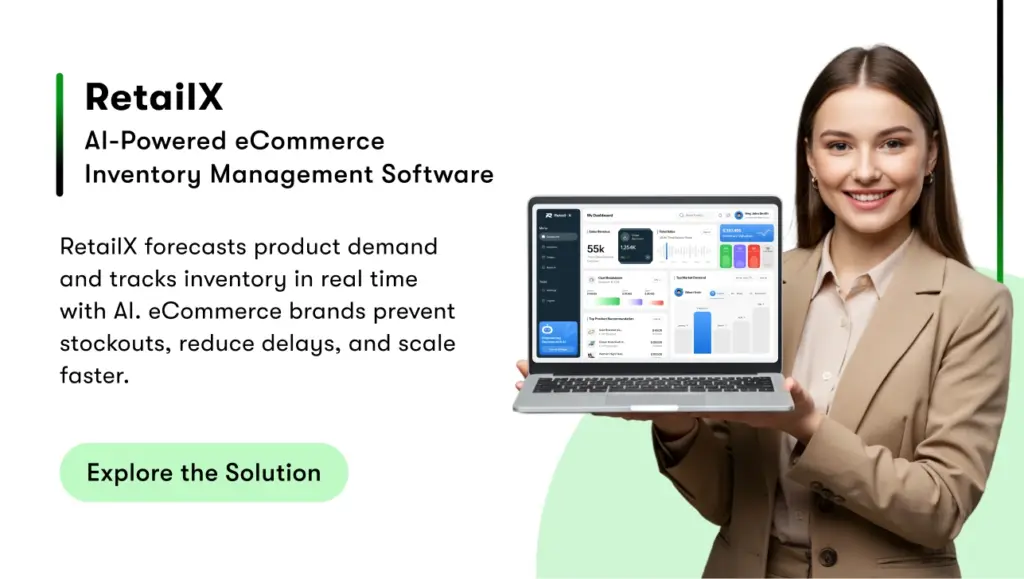
How are Brands Using Predictive Analytics to Reduce Cart Abandonment?
Think this is just for big-tech players? Think again.
But yes, let’s look at the giants:
Samsung- Electronics
Samsung’s online store saw a 24% decrease in cart abandonment by utilizing predictive triggers and advanced segmentation. This was achieved by sending users personalized messages, such as web push notifications for users who left the site, dynamic discount offers powered by dynamic pricing in eCommerce, and social proof pop-ups that stated, “X people bought this in the last 24 hours.” Considering the size of Samsung’s sales, a 24% decrease in abandonment resulted in a notable rise in revenue. It demonstrates how significant gains can be achieved at every stage of the funnel by using a data-driven approach.
Yves Rocher- Beauty Retail
Compared to the previous strategy of displaying generic, well-liked products, real-time AI product recommendations resulted in a 11x increase in the purchase rate for customers who interacted with them. This example is very relevant even though it focuses more on increasing conversion than saving an abandoned cart; by personalizing the cart experience, fewer people chose to abandon in the first place. By using predictive analytics to surface the appropriate products, Yves Rocher effectively kept customers interested and advancing toward checkout.
Rapha Racing- eCommerce Apparel
Utilizing customer data to inform their personalized retargeting ads, they saw a 31% increase in purchase events. Without more customized advertisements reminding abandoners about the products they loved, those conversions might not have occurred. Because predictive analytics determines who should see what ads, the specificity and relevance were crucial.
Amazon- eCommerce Giant
When it comes to personalization through predictive analytics, Amazon has led the way. Although they might not specifically share “abandoned cart recovery” statistics, it is well known that predictive recommendations account for a significant amount of Amazon’s sales. Amazon uses predictive analytics to personalize the user experience to the point where, as of 2023, its eCommerce recommendation engines were estimated to account for 35% of its overall eCommerce sales.
Upsells, cross-sells, and suggestions that are probably related to your cart and help you avoid abandoning it, like reminding you about things in your cart or related items you might want are all included in this. The conclusion is that, by retaining customers and facilitating their decision-making, predictive analytics at scale can significantly increase sales; in the case of Amazon, over one-third of sales.
Netflix- Streaming Platform
Despite not being an eCommerce retailer, Netflix is well-known for its use of predictive analytics in its recommendations, which account for 75% of viewer activity. (Source)
Why bring this up? It emphasizes how effective predictive personalization is at influencing user behavior. A similar strategy in an online store makes it easier for customers to find what they want or discover new wants, which lowers the likelihood that they will walk out without making a purchase. Relevance is key.
These examples demonstrate that the principles remain the same whether you’re a small retailer or a major brand; using data to predict and accommodate customer behavior results in notable improvements. Reducing cart abandonment through predictive analytics isn’t just a theory; businesses are already experiencing tangible, financial benefits. Cart abandonment has evolved from an intractable “fact of life” to a problem that can be solved with strategic planning and intelligent technology.
Embracing Predictive Analytics to Reduce Cart Abandonment
If you’re serious about using Predictive Analytics to Reduce Cart Abandonment, partnering with a team that understands both the technology and your business goals is critical and that’s where Kody Technolab Ltd. comes in. As a trusted eCommerce app development company, Kody Technolab specializes in building intelligent, data-driven solutions that power a high-performance eCommerce cart recovery strategy.
With hands-on experience in eCommerce Cart Recovery Using Predictive Analytics, they develop tailored solutions that leverage real-time data, behavior tracking, and AI to create powerful Abandoned Cart Prediction Models. Their deep expertise in predictive Customer Behavior Analytics ensures that you’re not just recovering lost sales, you’re building smarter, more personalized customer journeys.
If you’re wondering how Predictive Analytics helps recover abandoned carts, Kody Technolab’s eCommerce Predictive Analytics Consulting team doesn’t just give you answers. They build the system that delivers results.

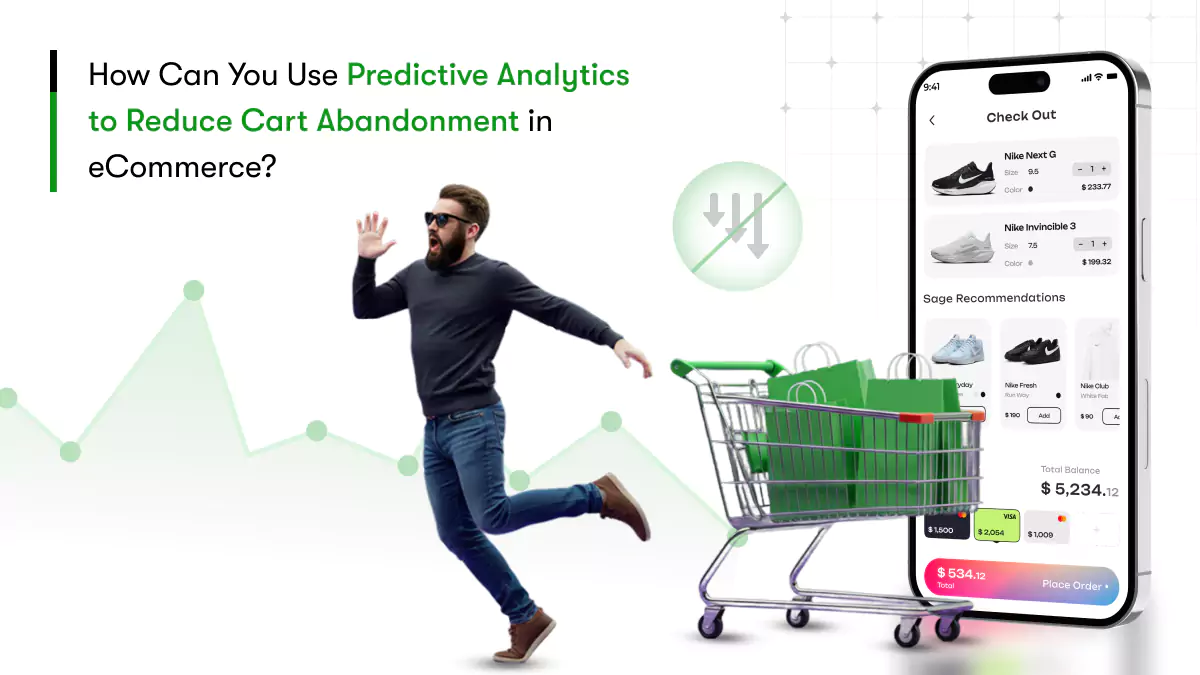

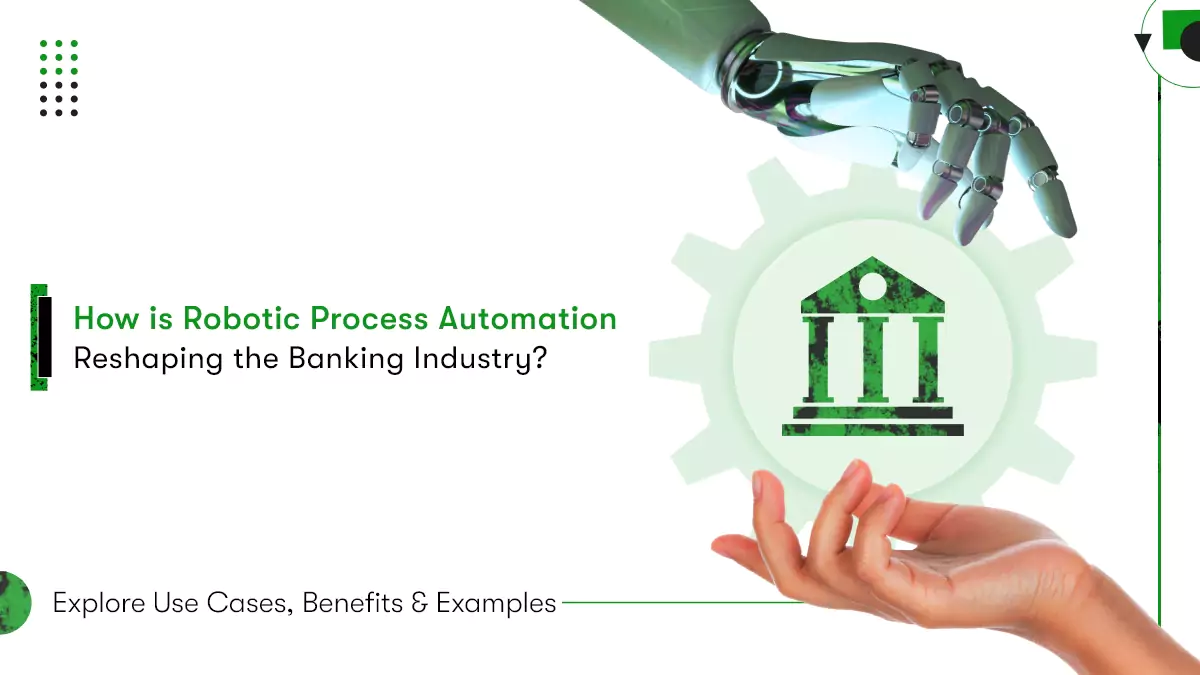
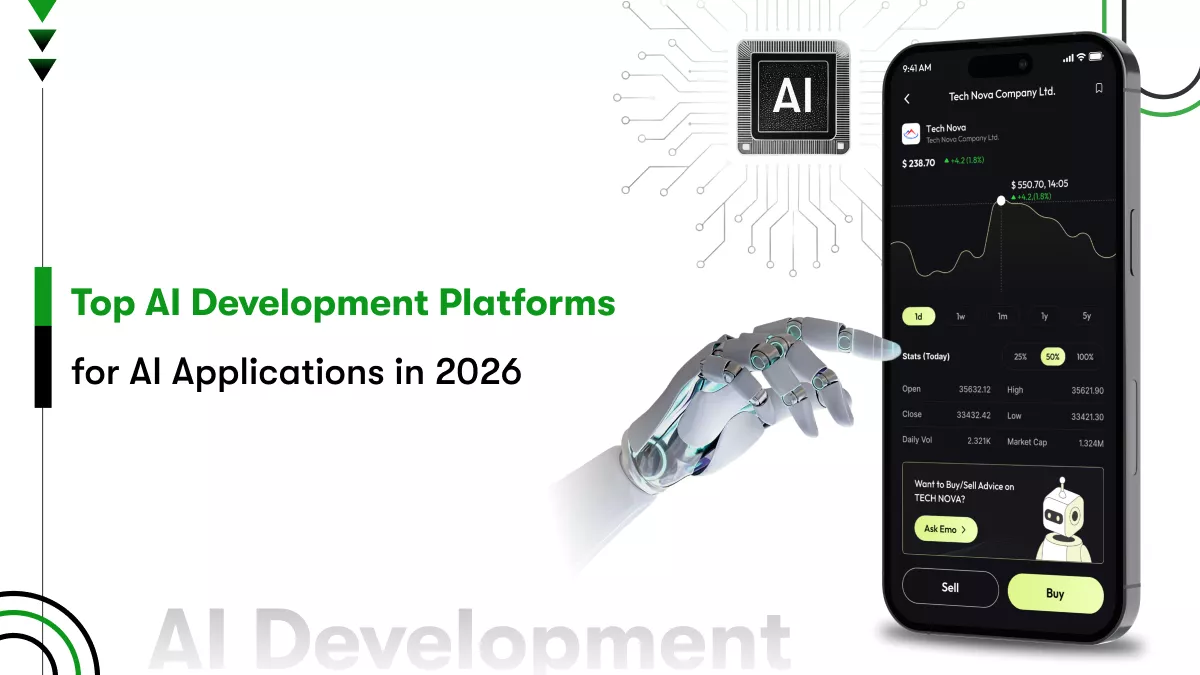
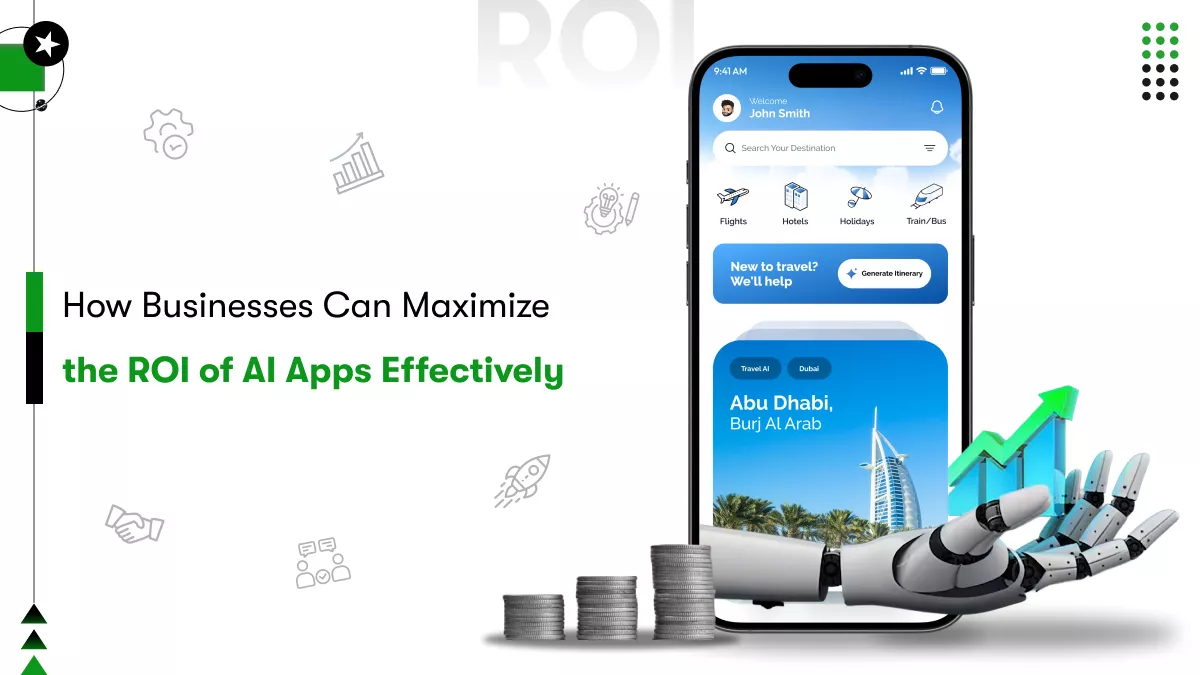







 Contact Information
Contact Information